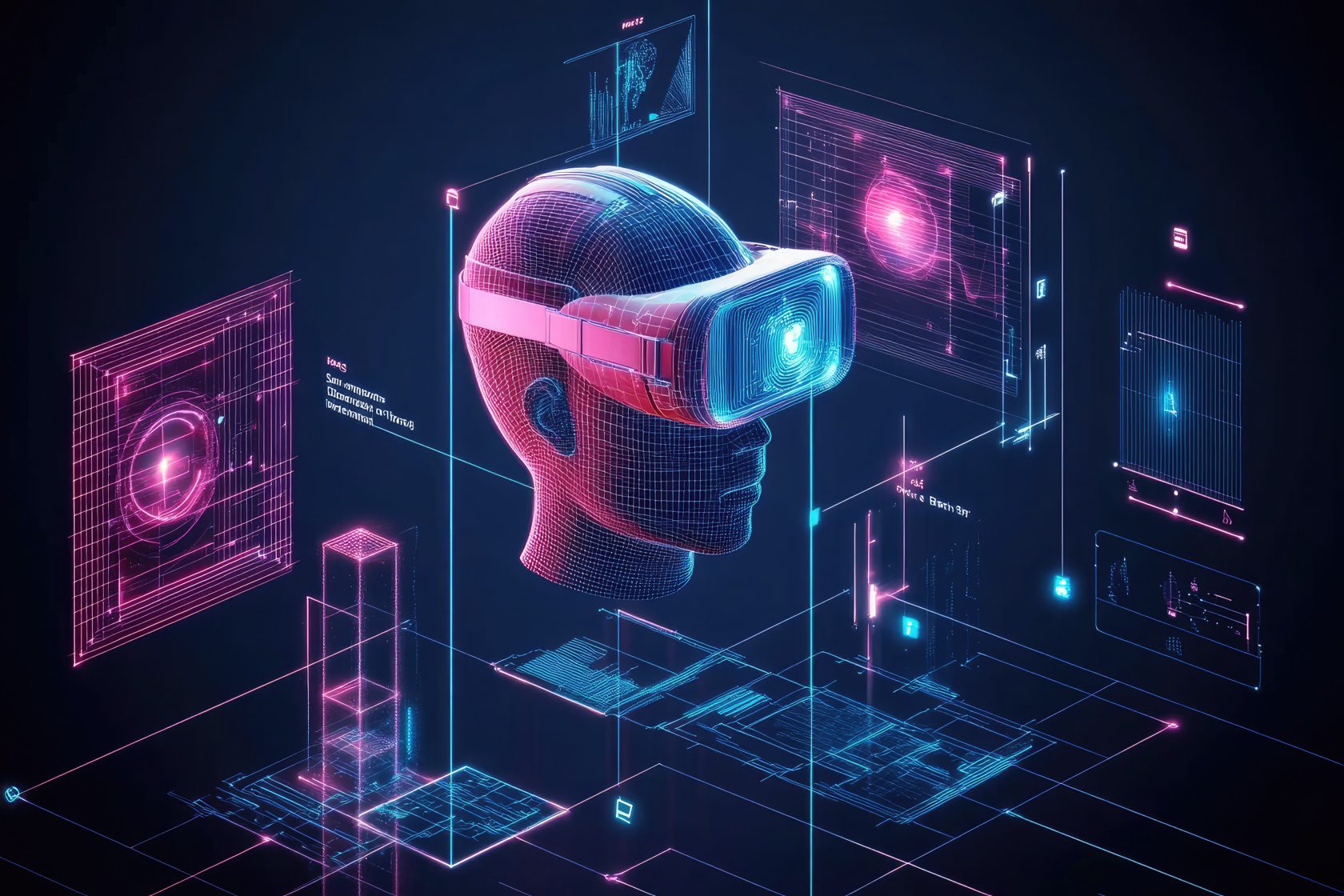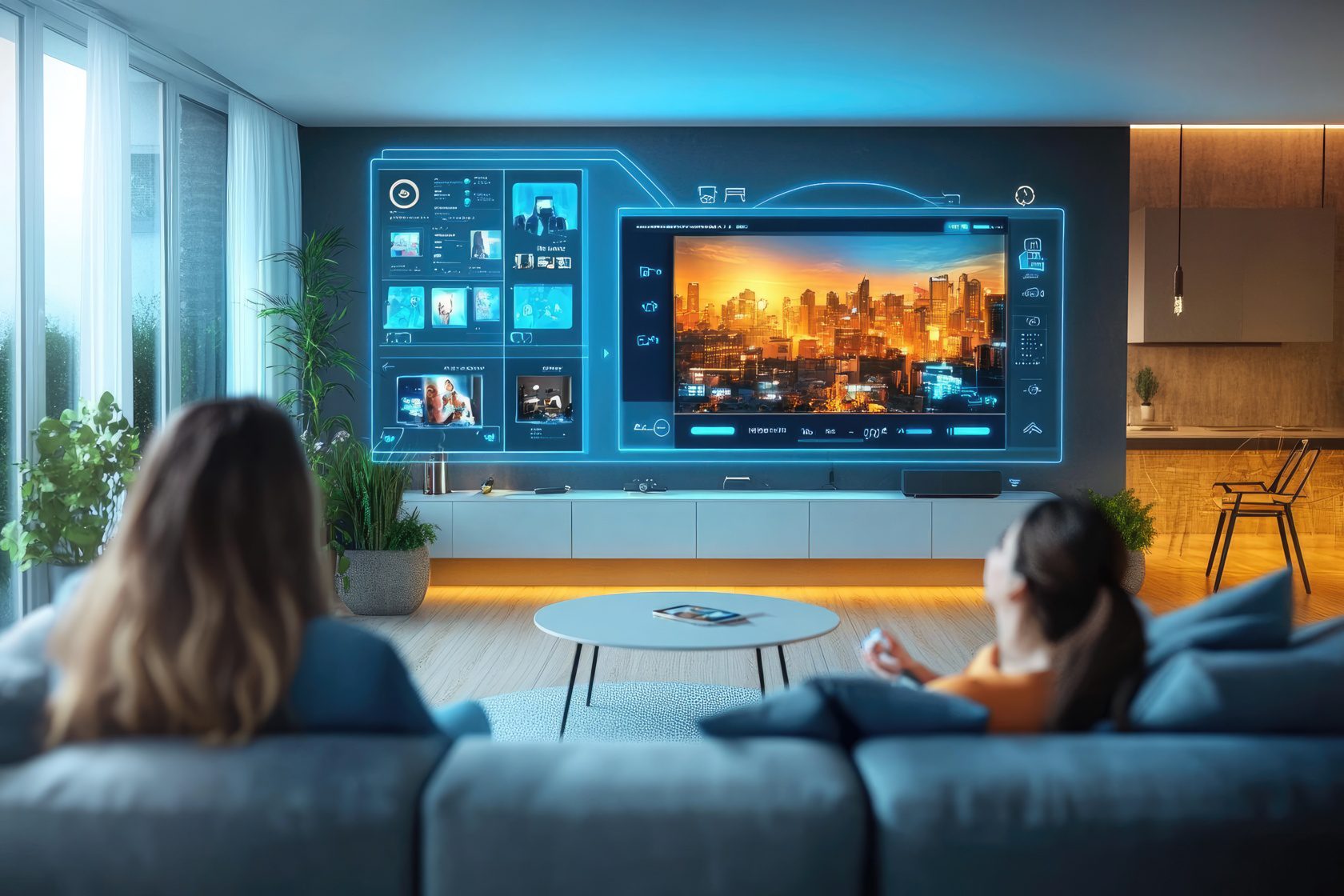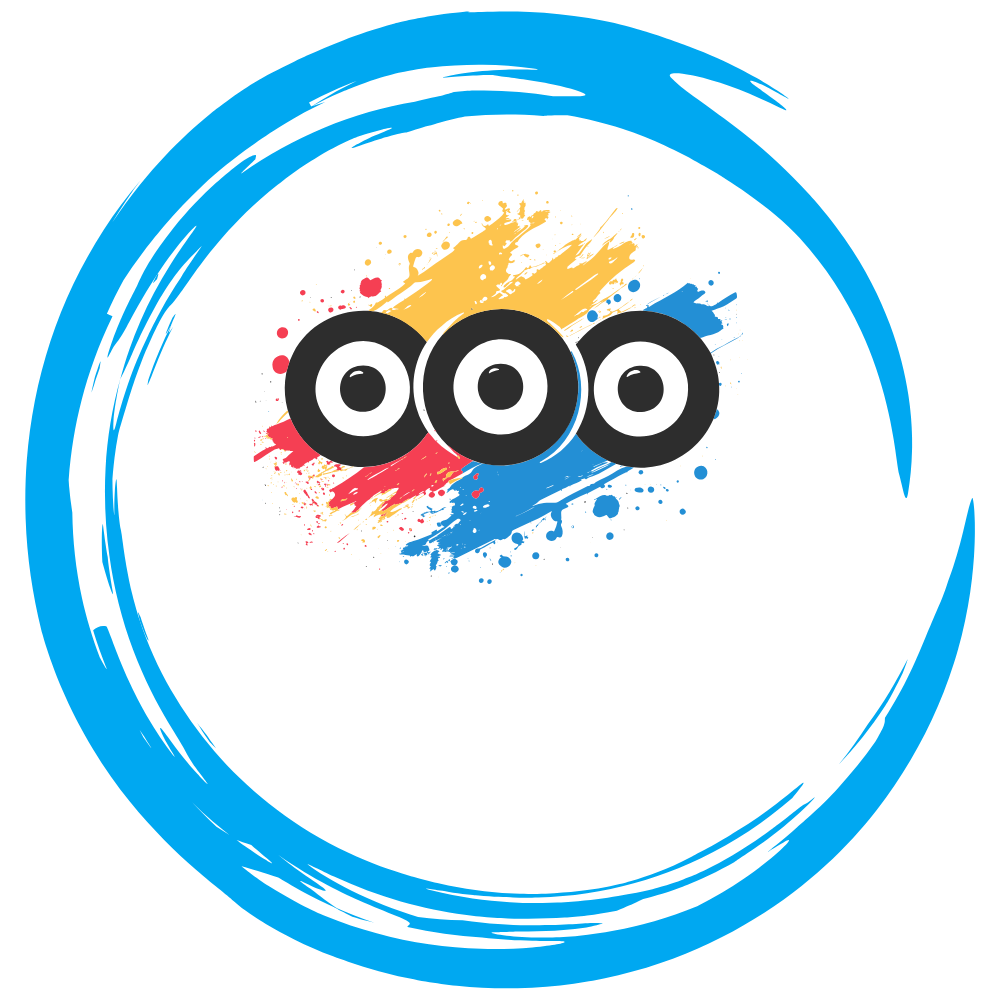The Future of Display Technology
For decades, traditional screens have been the primary medium for digital content consumption. From televisions and smartphones to laptops and tablets, screens have defined how we interact with digital information. However, with rapid advancements in holographic display technology, the future of screens as we know them is being called into question.
By 2030, will we still rely on physical screens, or will holograms replace them entirely? With tech giants and startups investing billions in augmented reality (AR), mixed reality (MR), and volumetric display technologies, the transition to holographic displays may be closer than we think. In this article, we’ll explore how holographic displays work, their potential advantages, challenges, and whether they will make traditional screens obsolete.
What Are Holographic Displays?
Holographic displays project three-dimensional (3D) images into space, allowing users to view and interact with digital content without the need for physical screens or wearable headsets. Unlike traditional 2D displays, holographic technology creates depth, perspective, and real-world immersion, enabling a futuristic digital experience.
Types of Holographic Displays
- Volumetric Displays – These create true 3D images by emitting light from multiple angles, allowing users to view holograms from different perspectives.
- Laser Plasma Displays – Using focused laser beams, these displays ionize air molecules to create mid-air projections.
- Light Field Displays – These displays generate images by controlling the direction of light rays, mimicking natural vision.
- Electro-Holography – Uses diffraction to project high-resolution 3D images with incredible depth and clarity.
- Holographic Optical Elements (HOEs) – These use nano-structured surfaces to manipulate light and create interactive 3D projections in real-world environments.
- True Augmented Holography – A hybrid between AR and holography, allowing dynamic overlays of holographic content onto the physical world.
📖 Learn more about holographic technology: Holography on Britannica

The Advantages of Holographic Displays Over Traditional Screens
1. Immersive, 3D Viewing Without Wearables
Unlike AR and VR headsets, holographic displays provide a hands-free 3D experience without requiring glasses or head-mounted devices.
✅ Benefit: More natural and comfortable interactions for entertainment, education, and business applications.
2. Space-Saving and Flexible
Holographic displays eliminate the need for physical screens, projectors, or multiple monitors, freeing up workspace and reducing clutter.
✅ Benefit: Greater portability and adaptability for homes, offices, and public spaces.
3. Enhanced Collaboration and Communication
With holographic telepresence, people can engage in real-time 3D meetings, virtual training, and remote learning with a sense of physical presence.
✅ Benefit: Revolutionizing how businesses and teams communicate across the globe.
4. Medical and Scientific Applications
Holograms allow doctors to visualize organs, tumors, and surgical procedures in 3D, improving diagnosis, planning, and medical training.
✅ Benefit: Higher precision in surgeries and medical education.
5. Smart Home & IoT Integration
Holographic interfaces will replace traditional touchscreens, allowing users to interact with smart home devices and AI assistants through 3D holographic projections.
✅ Benefit: Seamless, hands-free interaction with household technology.
📖 Explore medical holography: National Library of Medicine
Industries That Will Be Transformed by Holographic Displays
1. Entertainment & Gaming
- Next-generation gaming experiences with interactive holograms.
- Holographic concerts featuring artists performing as 3D projections.
- Movies and sports broadcasts in fully immersive 3D environments.
2. Business & Remote Work
- Holographic video calls replacing Zoom meetings.
- 3D data visualization for better analysis and decision-making.
- Virtual collaboration spaces for hybrid work environments.
- Retail and E-commerce Revolution – Consumers will be able to view and manipulate 3D product models before purchasing.
3. Healthcare & Education
- Holographic surgeries improving precision in operations.
- Medical training with life-size 3D anatomy models.
- Interactive learning experiences in schools and universities.
4. Military & Defense
- Holographic battlefield simulations to train soldiers.
- Real-time tactical displays for mission planning.
- Augmented command centers providing 3D situational awareness.
📖 Learn more about industry applications: Harvard Business Review (Italian)

Challenges Facing Holographic Displays
Despite their potential, holographic displays face several technical and economic hurdles that could delay widespread adoption.
1. High Production Costs
Current holographic display technologies are expensive to manufacture and require advanced optics, high-powered processors, and sophisticated display engines.
🚧 Solution: Advancements in nano-optics and quantum dot technology could reduce costs over time.
2. Limited Scalability & Resolution
Many holographic systems struggle with high-resolution rendering, making it difficult to achieve crisp, detailed images comparable to 4K or 8K screens.
🚧 Solution: Ongoing AI-driven rendering techniques and light-field optimizations are improving image fidelity.
3. Power Consumption Issues
Generating 3D holograms requires significantly more power than traditional LED or OLED screens.
🚧 Solution: Energy-efficient light modulation and laser technologies are being researched.
4. Compatibility & Ecosystem
Holographic content must be developed and optimized for these displays, requiring new standards and developer support.
🚧 Solution: Tech companies must create open-source holographic content frameworks.
📖 Read about current limitations in holography: IEEE Spectrum
Will Holographic Displays Make Screens Obsolete?
While holographic displays have the potential to redefine digital interaction, traditional screens are unlikely to disappear entirely by 2030. Instead, a hybrid ecosystem may emerge where holographic technology complements screens rather than replacing them.
✅ Scenarios Where Screens Could Become Obsolete:
- Widespread affordability and technological maturity.
- Seamless integration with AI, IoT, and smart environments.
- Mass adoption in business, education, and healthcare.
❌ Scenarios Where Screens Will Still Exist:
- Cost barriers limiting access to advanced displays.
- Challenges in mass-producing large-scale holographic solutions.
- Consumer preference for familiar screen-based interfaces.
A New Era of Display Technology
Holographic displays will redefine how we interact with digital content, but challenges related to cost, power consumption, and ecosystem development mean that screens won’t vanish overnight. Instead, by 2030, we’ll likely see a coexistence of holographic and traditional displays, leading to a more immersive, interactive, and futuristic digital world.



